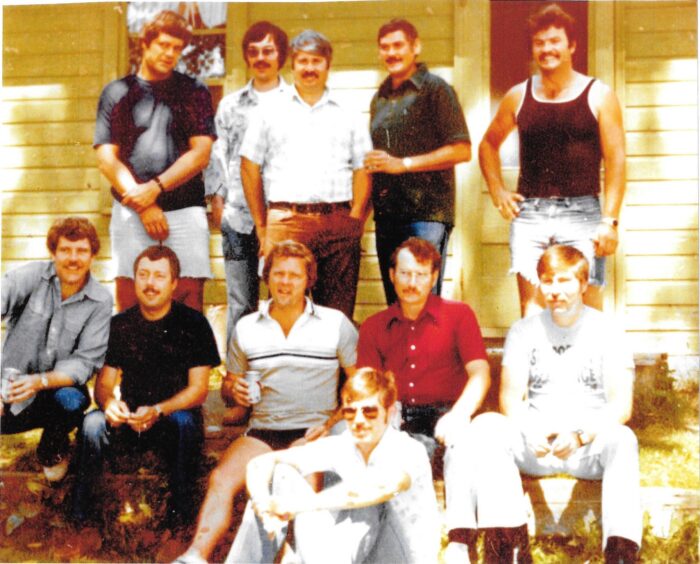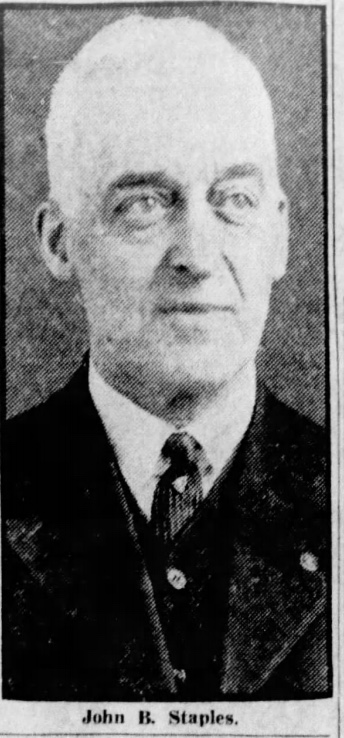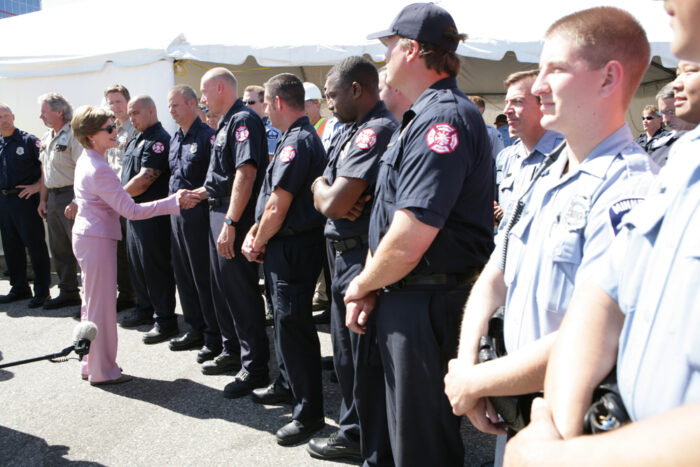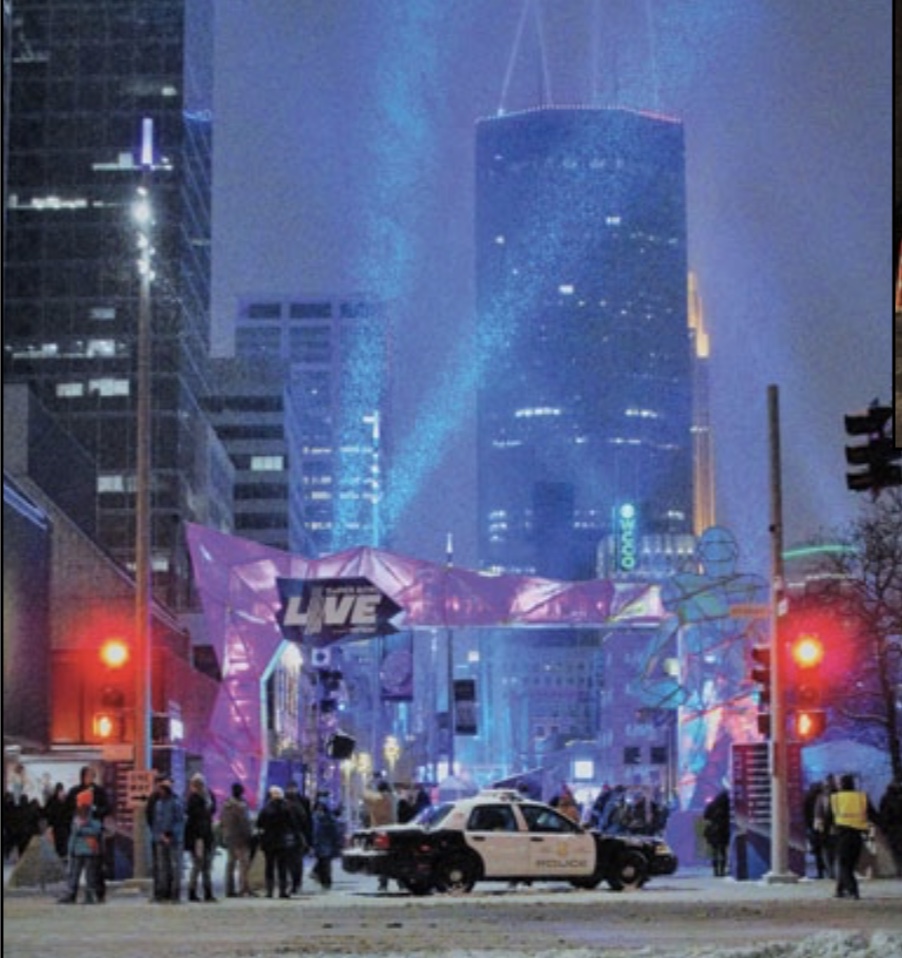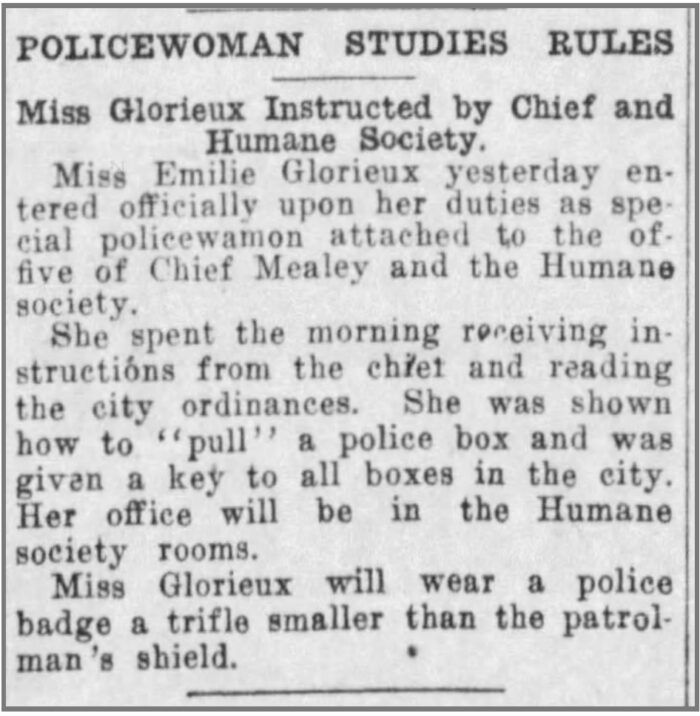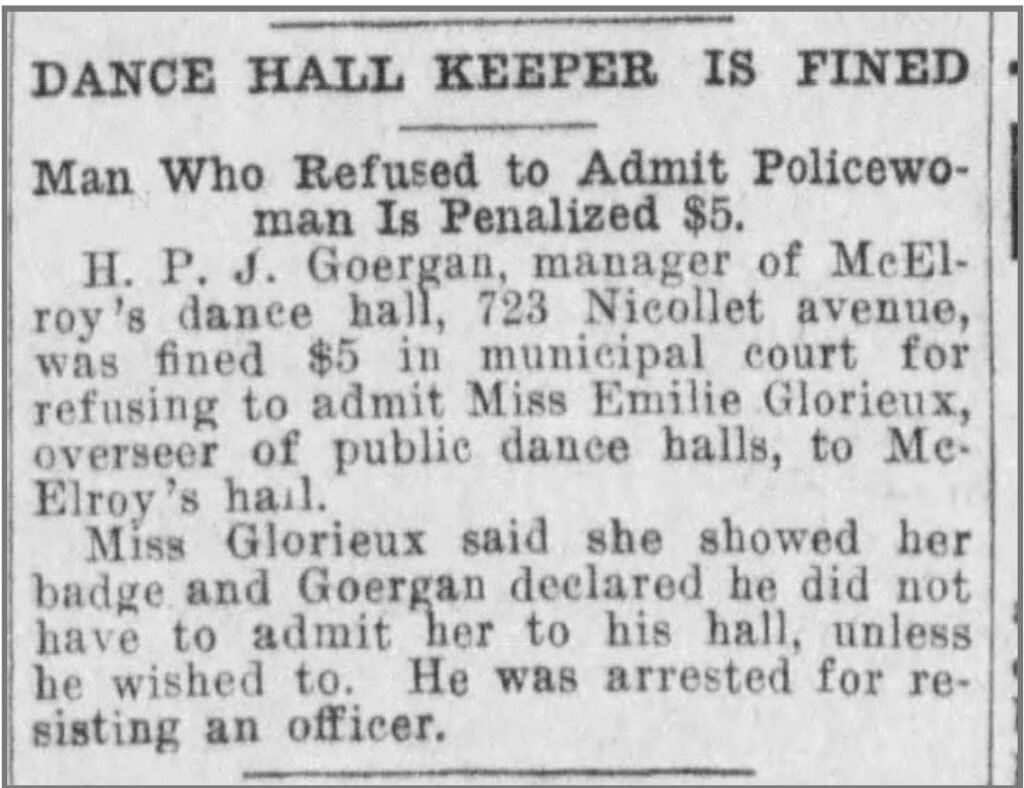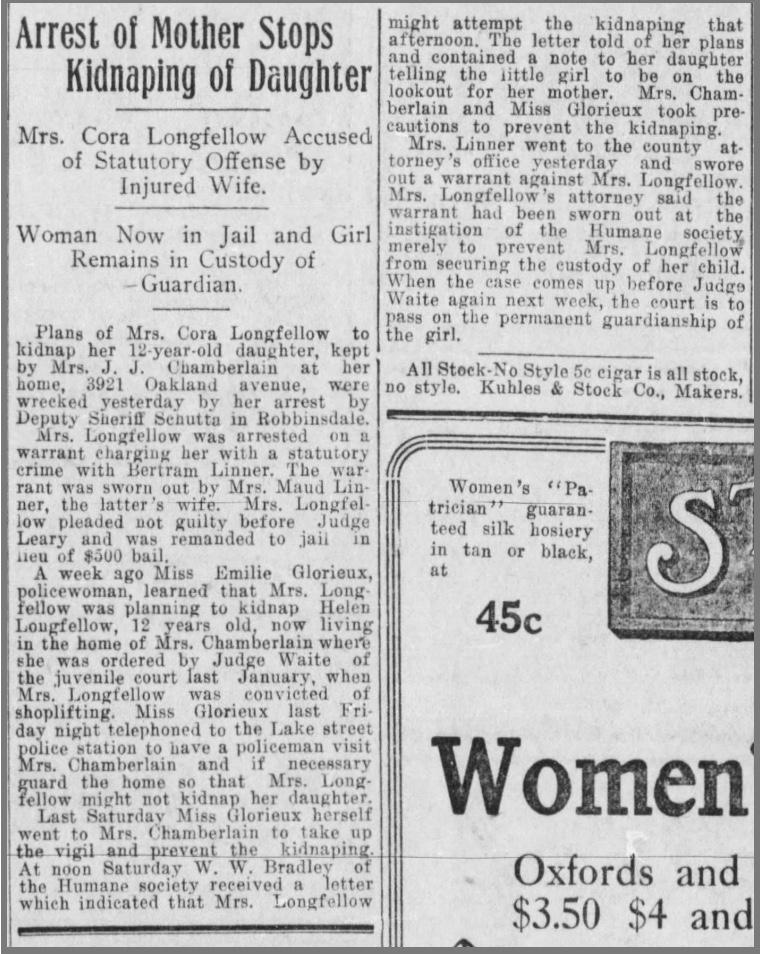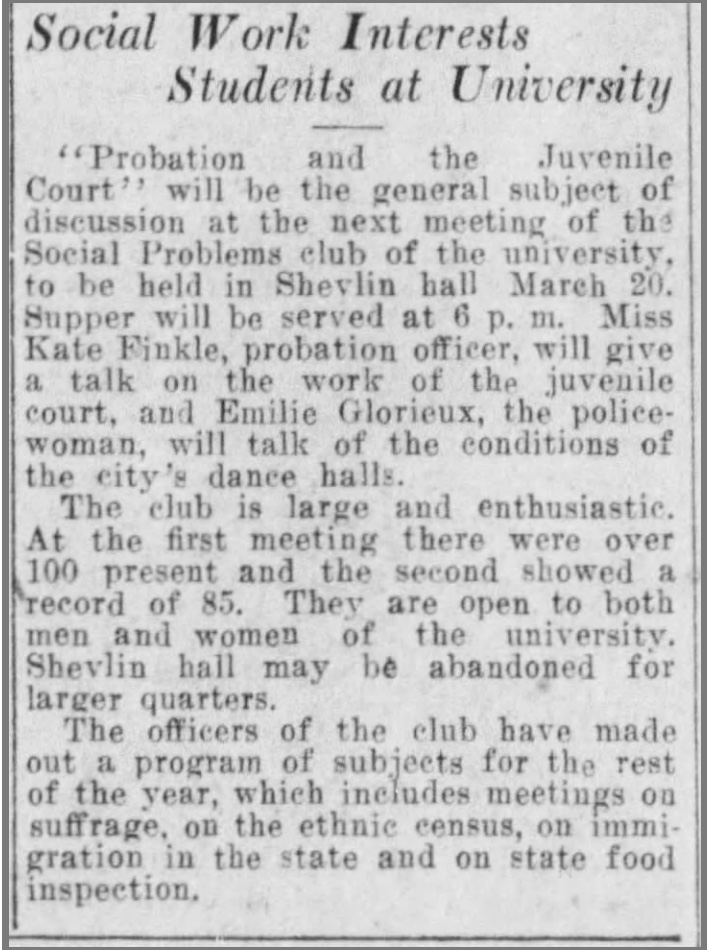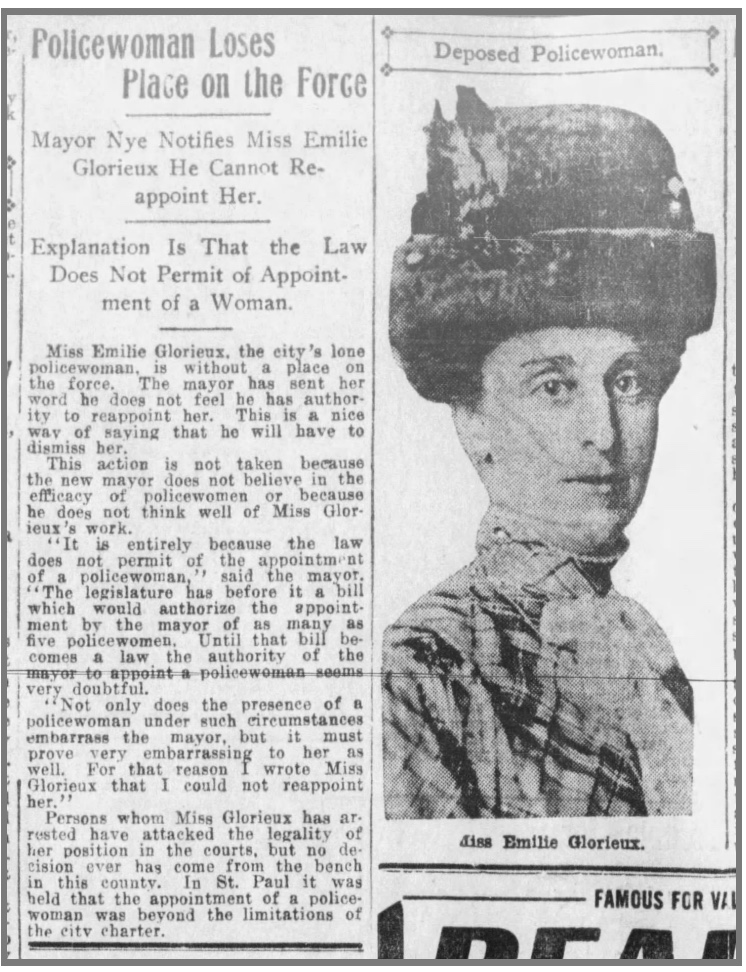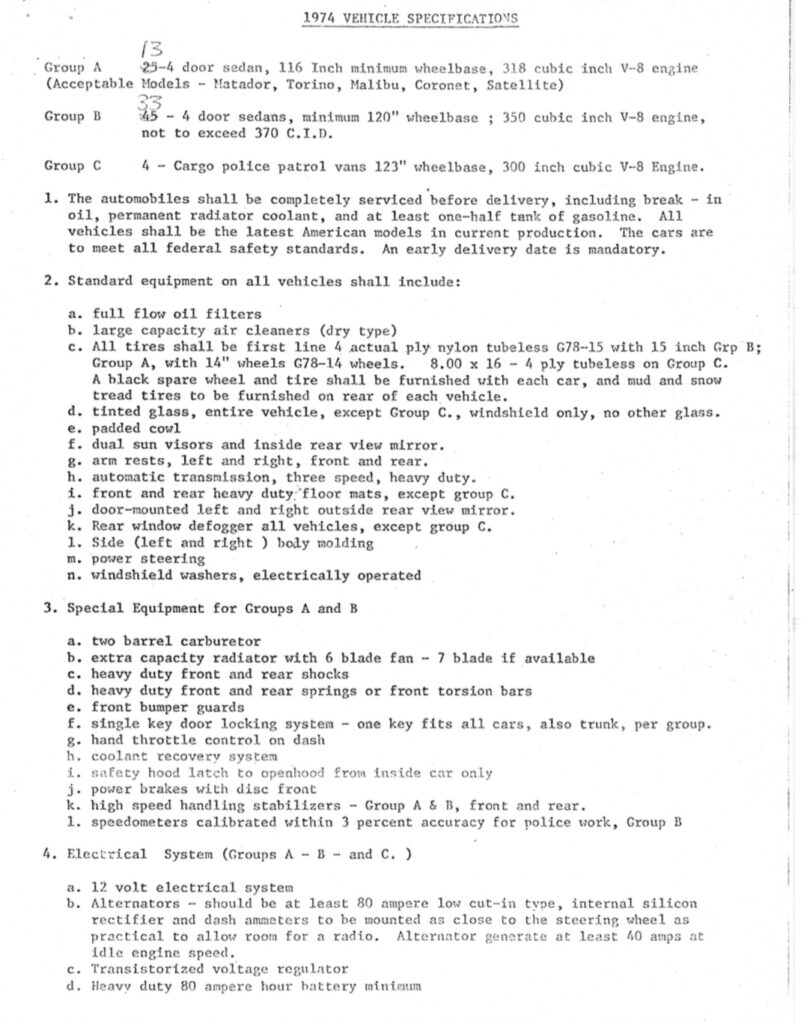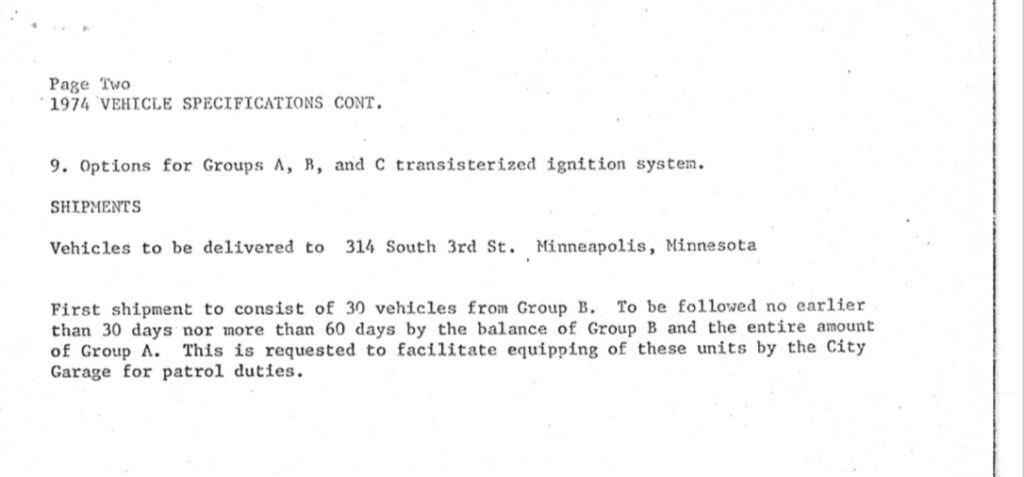The Minneapolis Police Museum recently visited with Retired Sergeant Jeffery Grates to learn about Fun in the Sun.
Fun in the Sun is an annual “Up North” event usually held during the second week of August.
It all began 50 years ago when members of the the Model City Precinct C-Shift rented a cabin up at Borden Lake Resort for a week of recreation and relaxation. Members of the C-Shift stayed in cabins there and also in their own tents and pop-up campers.
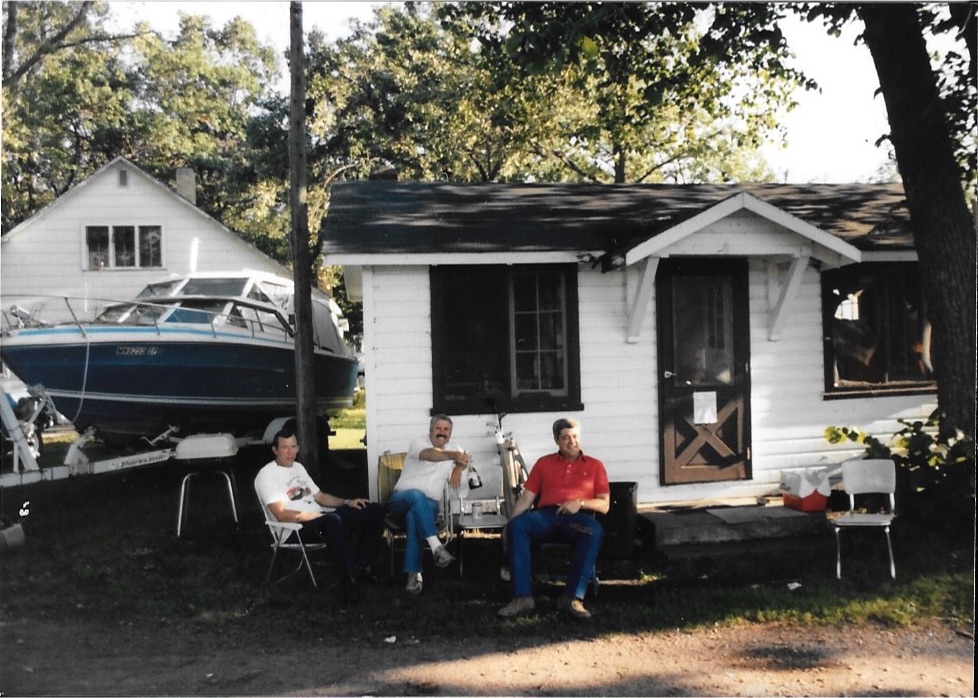
In the 1970s, waterskiing and volleyball were popular activities at Fun in the Sun.
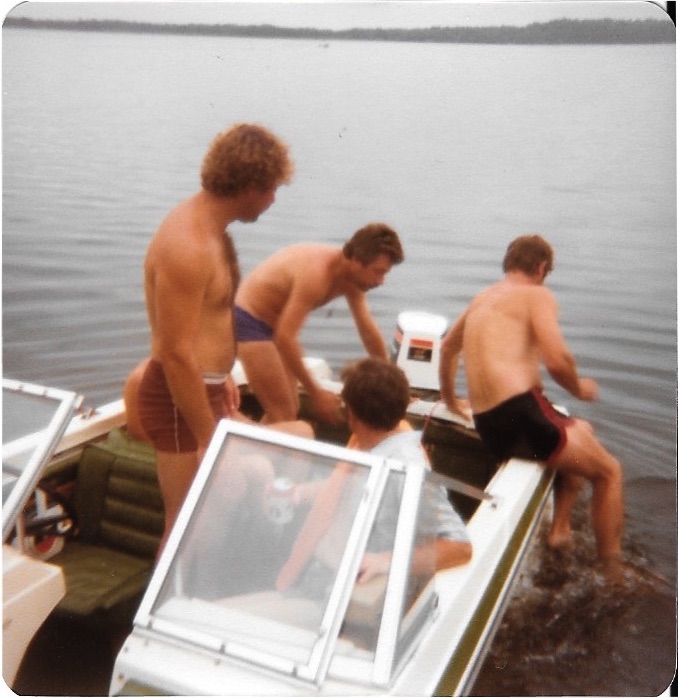

Over time, the location of Fun in the Sun changed. Here is a glimpse of one of the cabins at Camp Holiday on Turtle Lake where the C-Shift stayed for several years.
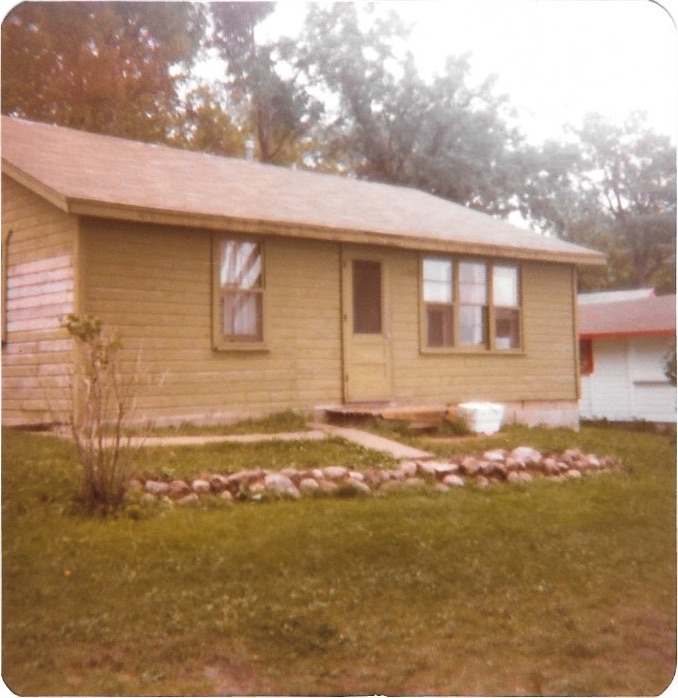
Retired Sergeant Grates emphasized the friendships and camaraderie enjoyed by the Model City Precinct C-Shift and the also the conviviality of the annual event.
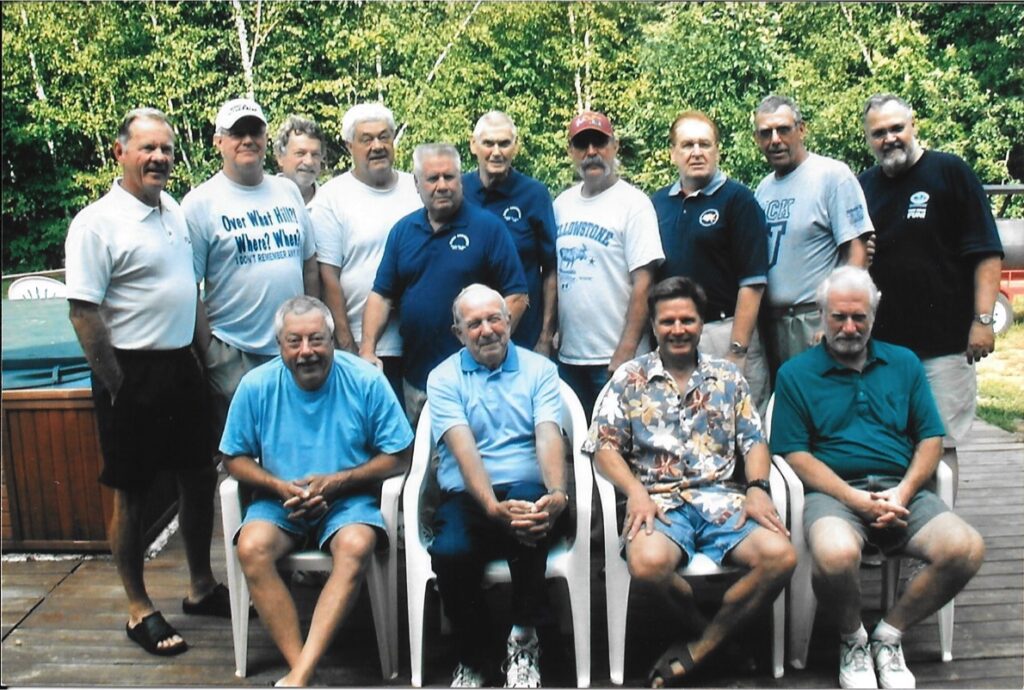
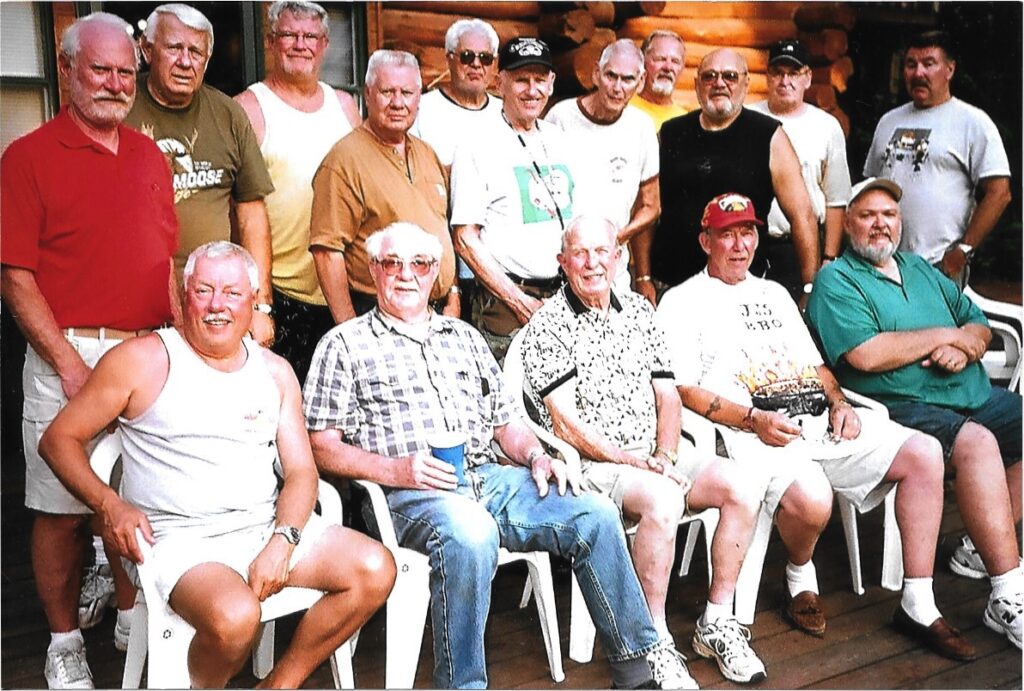
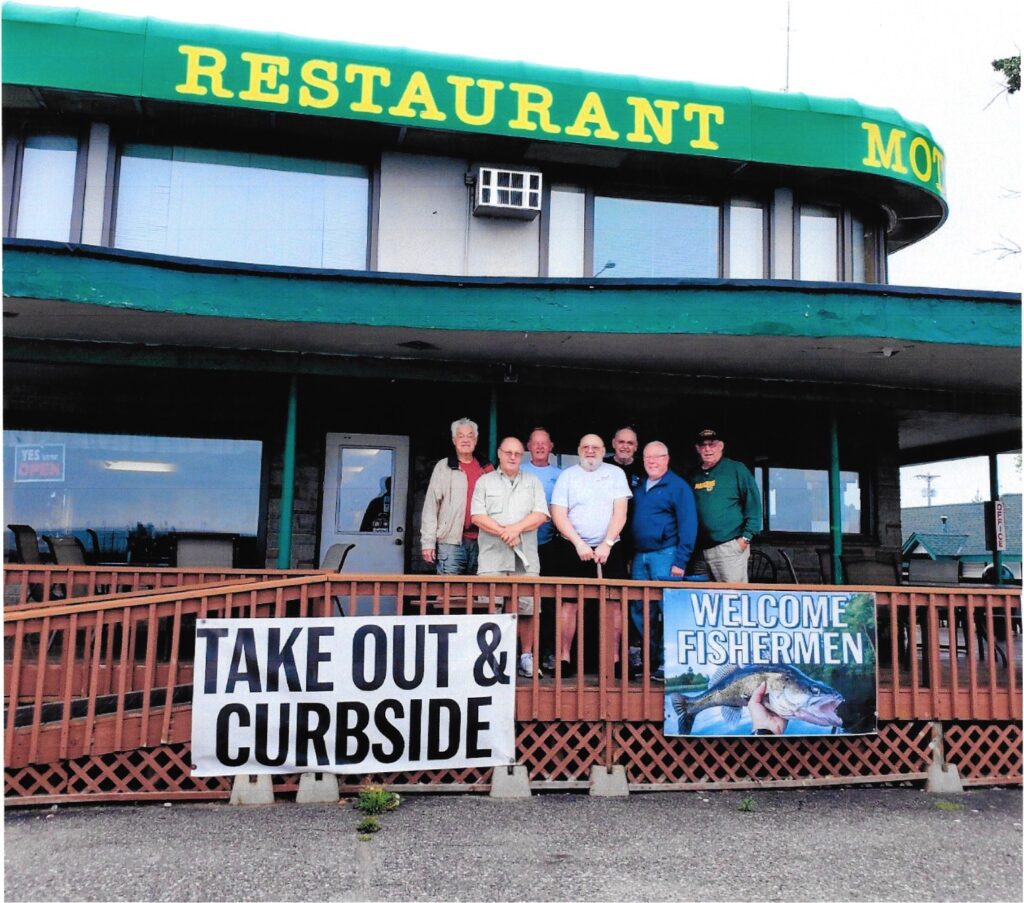
The Minneapolis Police Museum sends its best wishes to the Model City Precinct C-Shift on the 50th Anniversary of Fun in the Sun!
Top photograph from 1972. In back row from L to R: Dave Patton; Jimmy Lang; Steve Erickson; Jimmy Knutson; Dave Risfit (friend of MPD). In front row from L to R: Roger Gates; Jack Nelson; Harry Baltzer; Charlie Miles; Dayton Dunn; Mark Cassman.
Photographs courtesy of Retired Sergeant Jeffery Grates
